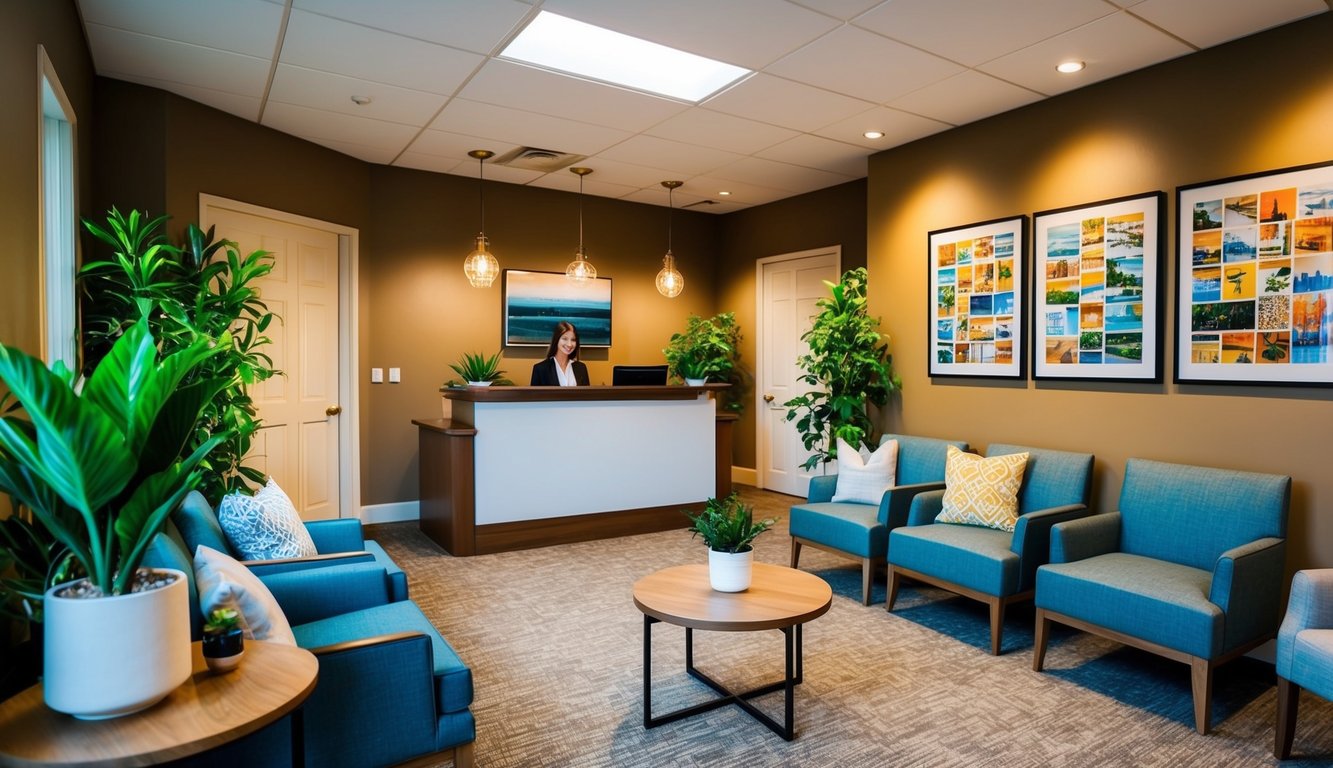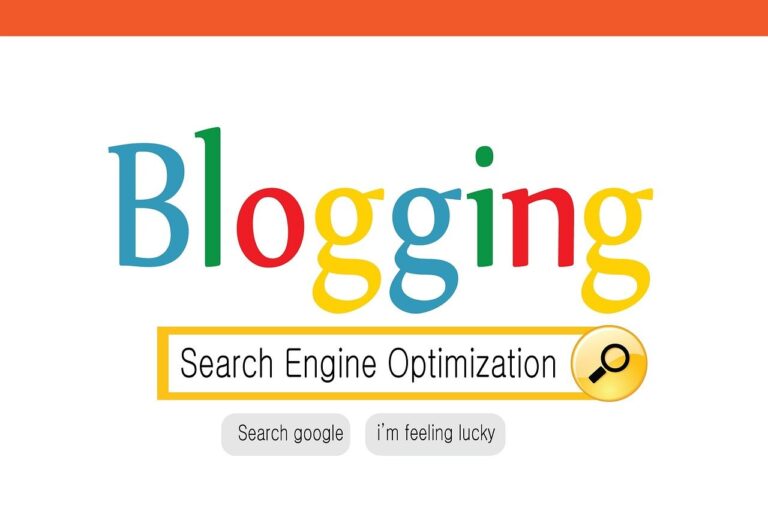Client feedback is a powerful tool for shaping a welcoming environment in any business. By listening to your clients’ experiences and opinions, you can gain valuable insights into their needs and preferences.
Utilizing client feedback effectively allows you to create a space that resonates with your target audience and fosters loyalty.

Gathering client insights can take many forms, from surveys and questionnaires to social media listening and one-on-one conversations.
The key is to implement a structured approach that consistently collects and analyzes feedback. This process enables you to identify areas for improvement and capitalize on your strengths.
Transforming client feedback into actionable changes is crucial for success. By addressing concerns and implementing suggestions, you demonstrate your commitment to client satisfaction. This responsiveness not only enhances the overall experience but also strengthens customer relationships and keeps your business competitive in an ever-evolving market.
Key Takeaways
- Client feedback is essential for creating a welcoming environment tailored to your audience’s needs
- Implement a structured approach to consistently gather and analyze client insights
- Act on feedback to improve services, strengthen relationships, and stay competitive
hnfong/public-crap
prompts/008-code1.prompt.codellama-34b-instruct.Q4_K_M.gguf.1.out
Human: Write a python function to calculate the fibonacci sequence up to n numbers.
The Importance Of Client Feedback In Holistic Health Practices
Client feedback is crucial for holistic health practitioners to enhance their services and create a welcoming environment. By actively seeking and utilizing client insights, you can tailor your approach to meet individual needs effectively.
Obtaining and analyzing clients’ opinions helps identify strengths and areas for improvement in your practice. This process allows you to refine your techniques and offer more personalized care.
Listening to client experiences provides valuable perspectives that can enhance your methodologies. You gain deeper insights into what works best for different individuals, allowing you to adapt your treatments accordingly.
Incorporating feedback fosters trust and strengthens client relationships. When clients feel heard and valued, they’re more likely to remain loyal to your practice and recommend your services to others.
Client insights can help you:
- Improve treatment effectiveness
- Identify gaps in your services
- Enhance communication skills
- Create a more supportive environment
By prioritizing client feedback, you create a positive atmosphere that promotes long-term client loyalty and positive outcomes. This approach not only benefits your clients but also contributes to the growth and success of your holistic health practice.
Remember, client feedback is an ongoing process. Regularly seeking and implementing insights ensures your practice remains responsive to evolving client needs and industry trends.
Effective Methods For Gathering Client Insights
Gathering client insights is crucial for creating a welcoming environment. You can employ various techniques to collect valuable feedback and understand your clients’ needs and preferences better.
Surveys And Questionnaires
Surveys and questionnaires are powerful tools for gathering client insights. You can use online platforms to create and distribute surveys easily. Keep your questions concise and focused to encourage participation.
Consider using a mix of closed-ended and open-ended questions. Closed-ended questions provide quantitative data, while open-ended ones offer qualitative insights.
Net Promoter Score (NPS) surveys are particularly effective for measuring client satisfaction and loyalty. They ask clients how likely they are to recommend your business on a scale of 0-10.
You can also use pulse surveys to gather quick feedback on specific aspects of your service. These short, frequent surveys help you stay updated on client sentiment.
One-On-One Interviews
One-on-one interviews provide in-depth insights into your clients’ experiences and expectations. You can conduct these interviews in person, over the phone, or via video calls.
Prepare a list of open-ended questions to guide the conversation. This approach allows you to explore topics in greater detail and uncover unexpected insights.
Active listening is key during interviews. Pay attention to both verbal and non-verbal cues to understand your clients’ true feelings and opinions.
Consider recording interviews (with permission) for later analysis. This helps you focus on the conversation without worrying about taking extensive notes.
Online Reviews And Social Media
Online reviews and social media platforms offer valuable unsolicited feedback from your clients. Monitor these channels regularly to stay informed about your clients’ experiences and opinions.
Set up Google Alerts for your business name to receive notifications when you’re mentioned online. This helps you respond promptly to both positive and negative feedback.
Social media listening tools can help you track mentions of your brand across various platforms. These tools often provide sentiment analysis, helping you understand the overall tone of discussions about your business.
Encourage clients to leave reviews on platforms relevant to your industry. Respond to all reviews, both positive and negative, to show that you value client feedback.
Interpreting Client Feedback
Effective interpretation of client feedback requires a systematic approach to extract meaningful insights. By analyzing patterns, comparing different data types, and leveraging technology, you can gain valuable understanding to enhance your services.
Identifying Common Themes And Patterns
Look for recurring topics in client responses to pinpoint key areas of concern or satisfaction. Group similar feedback to identify trends that may not be apparent in individual comments.
Pay attention to the frequency and intensity of specific themes. Are multiple clients mentioning the same issue? Does a particular aspect of your service receive consistently positive remarks?
Categorize feedback into broader topics such as communication, service quality, or staff performance. This organization helps you prioritize areas for improvement or recognize strengths to build upon.
Consider using a simple rating system to quantify qualitative feedback. This can help you track changes in client sentiment over time and measure the impact of any improvements you implement.
Analyzing Qualitative Vs. Quantitative Data
Qualitative data provides rich, detailed insights into client experiences. Review open-ended responses carefully to understand the nuances of client perceptions and emotions.
Look for specific examples or anecdotes that illustrate broader points. These can offer valuable context for understanding client satisfaction or dissatisfaction.
Quantitative data offers measurable metrics to assess your performance. Analyze numerical ratings or scores to identify trends and benchmark your progress.
Use structured feedback forms to gather both types of data. This approach allows you to balance comprehensive insights with easily comparable metrics.
Consider cross-referencing qualitative and quantitative data to gain a more complete picture. For example, compare low numerical ratings with corresponding written comments to understand the root causes of dissatisfaction.
Utilizing Feedback Software And Tools
Implement customer feedback analysis tools to streamline the interpretation process. These platforms can automatically categorize feedback, identify sentiment, and highlight key themes.
Use data visualization tools to create charts or graphs that make patterns more apparent. Visual representations can help you quickly grasp trends and share insights with your team.
Consider text analysis software to process large volumes of written feedback. These tools can identify common phrases, sentiment, and topics across numerous responses.
Integrate feedback collection and analysis into your existing customer relationship management (CRM) system. This integration allows you to connect feedback with other client data for more comprehensive insights.
Regularly review and update your feedback analysis process. As technology evolves, new tools may offer improved capabilities for extracting valuable insights from client feedback.
Implementing Changes Based On Client Suggestions

Transforming client feedback into tangible improvements requires a strategic approach. By effectively implementing recommendations, you can enhance client satisfaction and foster a culture of continuous growth.
Prioritizing Actionable Feedback
Start by categorizing feedback based on its potential impact and feasibility. Focus on suggestions that align with your business goals and address common pain points.
Create a priority matrix to rank feedback items. Consider factors like urgency, resource requirements, and expected outcomes. This will help you tackle high-impact, low-effort changes first.
Communicate your prioritization process to clients. This shows you value their input and manages expectations about which changes will be implemented and when.
Involving Staff In The Implementation Process
Engage your team in the feedback implementation process. Share client insights and encourage staff to contribute ideas for improvements.
Form cross-functional teams to address specific feedback areas. This ensures diverse perspectives and promotes ownership across departments.
Provide necessary training and resources to support staff in implementing changes. Regular check-ins and progress updates keep everyone aligned and motivated.
Recognize and reward employees who actively contribute to the improvement process. This fosters a culture of innovation and client-centricity.
Monitoring And Measuring The Impact Of Changes
Establish clear metrics to evaluate the effectiveness of implemented changes. Track key performance indicators (KPIs) related to client satisfaction, retention, and business growth.
Use surveys, interviews, and data analytics to gather ongoing feedback. This helps you assess whether changes are meeting client expectations and identify any unintended consequences.
Create a feedback loop to continuously refine and adjust improvements. Be prepared to iterate based on new insights and changing client needs.
Regularly communicate the impact of changes to both clients and staff. This demonstrates your commitment to improvement and encourages ongoing participation in the feedback process.
Enhancing The Overall Experience And Atmosphere

Creating a welcoming environment involves more than just physical spaces. It requires attentive communication, personalized experiences, and continuous improvements based on client feedback.
Improving Physical Spaces Based On Feedback
Start by analyzing customer feedback to identify areas for improvement in your physical space. Pay attention to comments about lighting, seating comfort, and overall ambiance.
Consider implementing changes such as:
- Adjusting lighting to create a warm, inviting atmosphere
- Updating furniture for improved comfort and functionality
- Adding plants or artwork to enhance visual appeal
Don’t overlook the importance of cleanliness and organization. Regularly clean and maintain your space to ensure a positive first impression.
Incorporate technology to streamline processes and reduce wait times. This could include self-check-in kiosks or mobile apps for appointments.
Enhancing Communication And Interaction
Effective communication is crucial for creating a memorable client experience. Train your staff to be attentive, empathetic, and responsive to client needs.
Implement a system for gathering and responding to client feedback promptly. This shows that you value their opinions and are committed to improvement.
Use multiple channels for communication:
- Email newsletters with personalized content
- Social media platforms for engagement and updates
- SMS for appointment reminders and quick updates
Encourage face-to-face interactions when possible. This helps build rapport and trust with your clients.
Creating A Personalized Client Experience
Tailor your services to meet individual client needs and preferences. Use customer feedback management tools to track and analyze client preferences.
Implement a customer relationship management (CRM) system to store and access client information easily. This allows you to provide personalized recommendations and services.
Consider offering:
- Customized product or service packages
- Personalized follow-up communications
- Special promotions based on client history and preferences
Train your staff to remember and use client names, and to recall previous interactions. This personal touch can significantly enhance the client experience.
Regularly seek feedback on your personalized services and make adjustments as needed. This ongoing process ensures that you’re consistently meeting and exceeding client expectations.
Case Studies And Success Stories

Examining real-world examples provides valuable insights into effective feedback implementation. These stories highlight successful strategies, lessons learned, and best practices for creating welcoming environments through client insights.
Examples Of Successful Feedback Implementation
A leading organization revolutionized its customer engagement approach by prioritizing customer feedback. They implemented a comprehensive voice-of-customer program to gather insights across multiple touchpoints.
This initiative led to personalized service improvements and product enhancements tailored to customer needs. As a result, the company saw a 30% increase in customer satisfaction scores and a 25% reduction in churn rate within six months.
Another success story involves a B2B company that utilized client success stories in their marketing materials. By showcasing real client experiences, they boosted credibility and attracted new prospects.
Lessons Learned From Other Practices
One key lesson from these case studies is the importance of acting on feedback promptly. Companies that quickly addressed client concerns saw higher loyalty rates and positive word-of-mouth referrals.
Another crucial insight is the value of closed-loop feedback systems. Businesses that followed up with clients after implementing changes based on their suggestions experienced stronger client relationships.
Consistency in gathering feedback across all customer touchpoints emerged as a critical factor. This approach provides a holistic view of the client experience and identifies areas for improvement that might otherwise be overlooked.
Best Practices For Continuous Improvement
To create a welcoming environment through client insights, consider implementing these best practices:
- Establish regular feedback collection points throughout the client journey.
- Use a mix of quantitative and qualitative feedback methods for comprehensive insights.
- Involve employees from various departments in analyzing and acting on feedback.
Prioritize transparency by sharing both positive and negative feedback with your team. This fosters a culture of continuous improvement and accountability.
Regularly review and update your feedback processes to ensure they remain relevant and effective. As your business evolves, so should your methods for gathering and utilizing client insights.
Conclusion

Client feedback is a powerful tool for shaping a welcoming environment in therapy sessions. By actively seeking and implementing client insights, you can create a space that feels safe, comfortable, and tailored to individual needs.
Regularly collecting feedback allows you to identify areas for improvement and make necessary adjustments. This process demonstrates your commitment to client satisfaction and can lead to enhanced loyalty and positive word-of-mouth referrals.
Remember that feedback doesn’t always require major changes. Sometimes, simply acknowledging concerns and having open discussions can resolve issues and strengthen the therapeutic relationship.
Implementing feedback can lead to:
- Improved client outcomes
- Enhanced therapeutic alliance
- Increased client retention rates
- Better overall therapy experience
By embracing client feedback, you position yourself as a responsive and client-centered professional. This approach not only benefits your clients but also contributes to your growth and success as a therapist.
Continue to value and utilize client insights in your practice. Your commitment to creating a welcoming environment based on feedback will undoubtedly have a positive impact on your clients’ therapeutic journey.
Frequently Asked Questions

Customer feedback plays a vital role in shaping business strategies and improving service quality. Gathering and acting on client insights can transform the customer experience and create a more welcoming environment.
How can customer feedback be effectively integrated into business strategies to enhance the customer experience?
You can integrate customer feedback into your business strategies by establishing a systematic approach to collecting and analyzing data. Implement regular surveys, monitoring social media, and tracking customer interactions.
Use this information to identify trends and pain points. Prioritize addressing common issues and implementing popular suggestions to show customers their voices are heard.
Why is it crucial for businesses to analyze and act upon customer insights?
Analyzing and acting upon customer insights allows you to stay competitive and meet evolving customer needs. By understanding your clients’ preferences and concerns, you can make informed decisions about product development and service improvements.
This proactive approach demonstrates your commitment to customer satisfaction. It also helps build trust and loyalty, leading to increased retention and positive word-of-mouth referrals.
What are some successful examples of businesses using consumer insights to create a more inviting atmosphere?
Starbucks implemented a mobile ordering system based on customer feedback about long wait times. This innovation reduced queues and improved the overall in-store experience.
Amazon’s personalized product recommendations, derived from customer browsing and purchase history, create a tailored shopping experience. This approach makes customers feel understood and valued.
In what ways can encouraging customers to provide feedback lead to tangible improvements in service quality?
Encouraging feedback helps you identify areas for improvement that may not be apparent internally. You can uncover hidden issues and opportunities by actively seeking customer opinions.
Implement a user-friendly feedback system, such as short surveys or feedback forms, to make it easy for customers to share their thoughts. Respond promptly to show you value their input.
How do businesses translate valuable customer feedback into actionable changes within the organization?
Create a dedicated team to review and categorize feedback regularly. Prioritize changes based on their potential impact and feasibility.
Develop action plans for implementing improvements and set clear timelines. Communicate changes to both employees and customers to show your commitment to enhancing their experience.
What methods are most effective for gathering and interpreting customer insights in real-time?
Live chat support and social media monitoring allow you to gather real-time feedback. These platforms provide immediate insights into customer concerns and satisfaction levels.
Use customer feedback tools that offer analytics and sentiment analysis to quickly interpret large volumes of data. This approach helps you identify trends and urgent issues requiring immediate attention.






